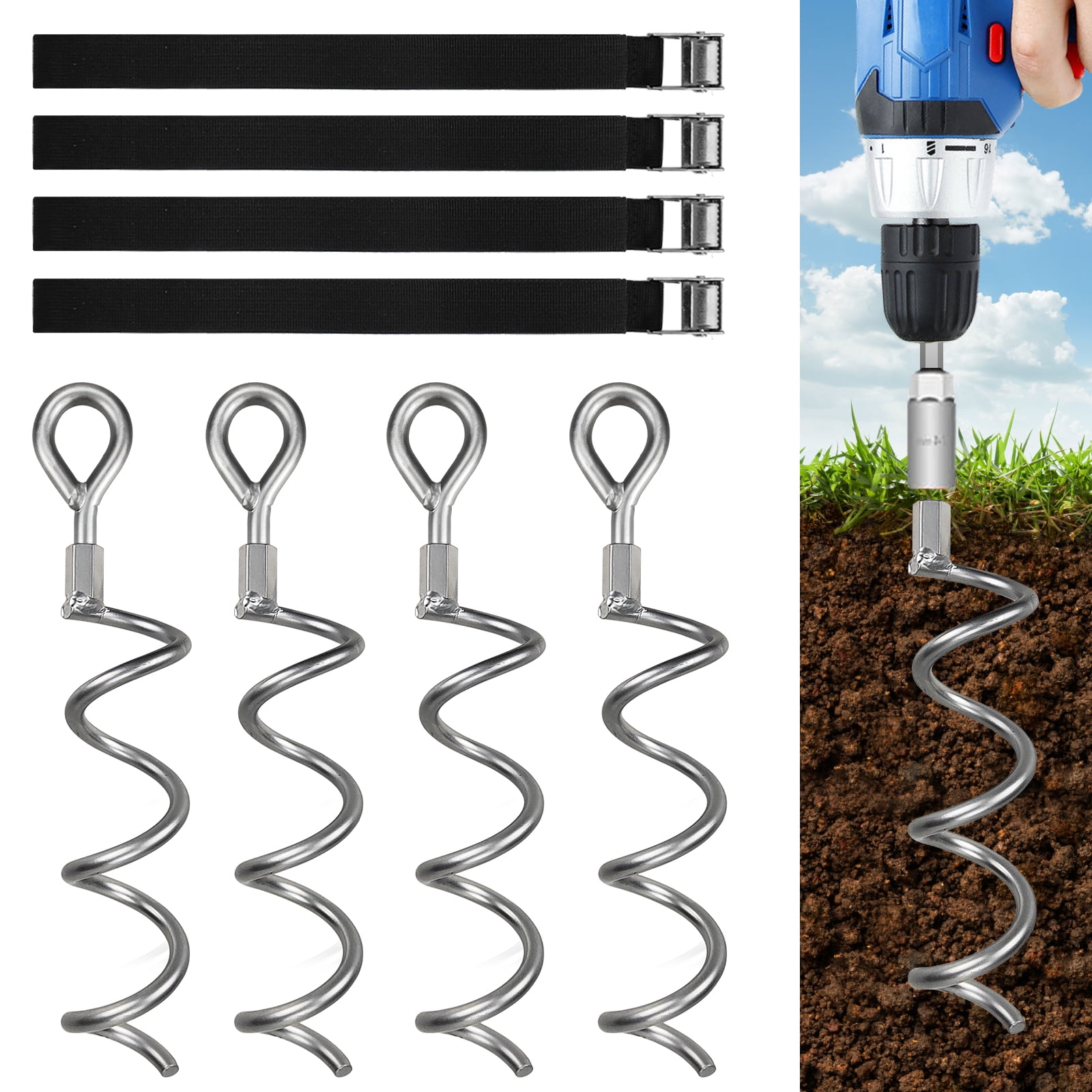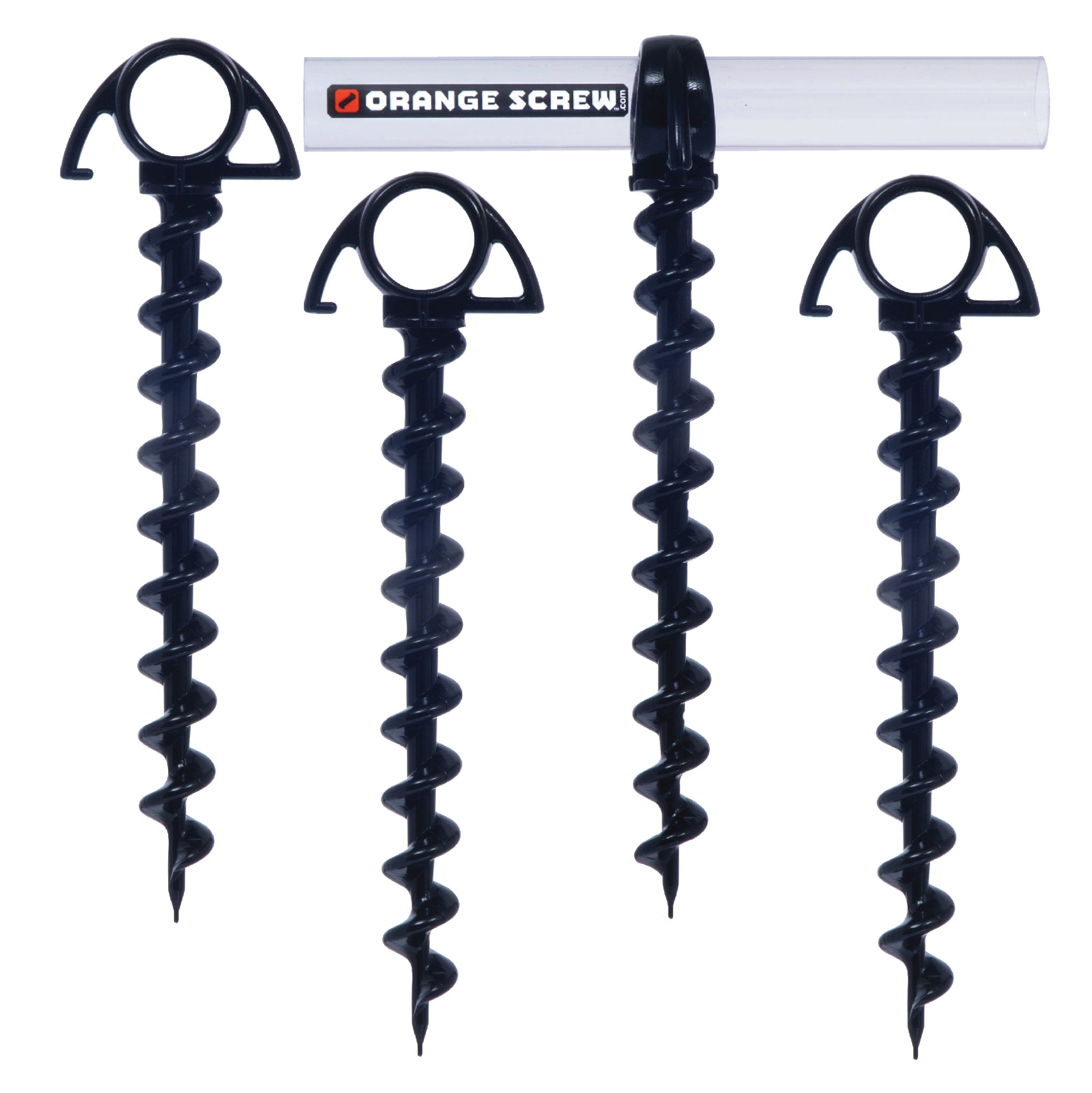Understanding the Different Types of Ground Anchor Systems for Different Applications
Understand Why Ground Support Is Necessary for Safety And Security and Durability
Ground anchors are a vital element in building and construction, offering vital assistance and stability for different frameworks. Their ability to move tons efficiently to the ground not just improves architectural honesty but additionally plays a considerable function in mitigating risks related to ecological elements, such as unpredictable soil and seismic task. Comprehending the different types and applications of ground supports can brighten their indispensable duty in ensuring safety and security and sturdiness. Nonetheless, the ins and outs of their installment and the advantages they supply may not be right away evident, motivating additional exploration into this vital topic.
Function of Ground Supports in Construction
Ground supports play a critical duty in building and construction by giving important support and stability to frameworks. These tools are developed to move tons from a framework to the ground, making certain that structures and various other infrastructures continue to be protected under numerous problems. Ground supports are especially crucial in circumstances where soil problems are unsteady or where there is a threat of side motion, such as on slopes or near bodies of water.
The installment of ground supports includes drilling into the earth to reach secure soil or bedrock, where the anchors can be safely secured. This process not just boosts the architectural stability of a task yet likewise mitigates the threats related to dirt erosion and changing. Additionally, ground anchors can be utilized in short-lived frameworks, such as building sites, where they offer necessary stabilization during the structure procedure.
Ground anchors also add to the longevity and durability of frameworks by lowering the chance of negotiation and failure. Ground Anchor. By efficiently distributing and managing lots, these crucial components are crucial in maintaining security criteria and making sure the dependability of different building and construction projects. Overall, the importance of ground anchors in construction can not be overemphasized, as they are important to successful design methods
Sorts Of Ground Supports


While countless sorts of ground supports exist, each serves certain applications and conditions within building and construction tasks. One of the most usual types consist of mechanical anchors, grouted anchors, and driven supports.
Mechanical supports, such as expansion anchors, make use of a mechanical activity to safeguard the anchor within the substratum - Ground Anchor. These are frequently employed in light-weight applications, like securing components to stonework or concrete
Grouted anchors, on the other hand, involve drilling a hole, positioning a steel rod or cable, and after that filling the annular room with cement. This technique is suitable for high-load circumstances, supplying improved stability and resistance to dynamic pressures often found in heavy building and construction.
Driven supports are usually mounted by driving a steel pole or pipe right into the ground, making them ideal for short-lived applications such as securing scaffolding or formwork. When no longer required., they are quick to set up and can be gotten rid of quickly.
Various other specialized anchoring systems include helical anchors, which are screw-like tools made use of in numerous soil problems, and deadman anchors, which count on the weight of a hidden challenge provide security. Each kind of ground support is designed to satisfy specific engineering demands, guaranteeing security and architectural integrity.
Advantages of Utilizing Ground Anchors
The advantages of using ground supports in building and construction projects are considerable, boosting both safety and architectural efficiency. Ground anchors supply necessary resistance versus side pressures, such as dirt activity, wind tons, and seismic activity. This resistance assists maintain the stability of structures, protecting against potential failures that can result in dangerous circumstances or costly repairs.
In addition, ground anchors help with the efficient transfer of tons from frameworks to the surrounding dirt, guaranteeing a well balanced circulation of weight. This load transfer lowers the danger of shifting or settling, which can compromise the integrity of a building in time. By utilizing ground anchors, designers can also develop more effective layouts, as they enable slimmer architectural components while preserving safety standards.
In addition, ground anchors are adaptable and flexible to different soil conditions and project demands. Their installation can frequently be finished promptly and with minimal interruption to the surrounding setting, making them an effective selection for many construction applications. Ultimately, using ground anchors boosts not just the sturdiness of structures however likewise contributes to a safer working atmosphere for building and construction employees and future occupants.
Common Applications and Utilizes
Numerous construction tasks utilize ground supports for their effectiveness in boosting security and safety and security. These functional parts are commonly utilized in Read Full Report different applications across the construction and civil design industries. One common application remains in keeping walls, where ground supports supply the required assistance to avoid soil movement and preserve architectural honesty.
Furthermore, ground anchors are vital in protecting short-term structures, such as scaffolding and shoring systems, ensuring they remain steady throughout construction tasks. In the world of foundation assistance, they are made use of to strengthen existing frameworks, particularly in locations vulnerable to ground settlement or changing dirt conditions.
Ground supports additionally find substantial usage in incline stabilization projects, where they aid alleviate landslide risks by anchoring the dirt to secure rock formations. Another considerable application is in the setup of wind generators, where they secure the base versus side pressures generated by wind, making certain operational security and durability.
Moreover, ground anchors are used in tunneling jobs to maintain the bordering ground during excavation. Their varied applications underscore the essential function ground anchors play in maintaining security and longevity in various construction situations.
Setup Best Practices
Successful application of ground anchors in various building and construction jobs rests on reliable setup techniques. Correct installation is critical to make sure the anchors accomplish their intended objective and preserve structural stability with time. Key ideal methods consist of complete site evaluation, which entails assessing dirt conditions, load demands, and environmental elements that may influence support efficiency.
Before setup, it is important to select the proper type of ground support based on the certain application and dirt features. Using premium products and adhering to manufacturer specs will enhance the support's durability and effectiveness. Throughout installment, ensure that the support is placed at the anchor proper angle and depth, as these aspects considerably influence load-bearing ability.
Additionally, making use of correct tools and strategies is important, including drilling or driving techniques tailored to the website conditions. After setup, conducting tons testing can confirm the anchor's efficiency and identify any type of potential problems early. Routine assessments are also recommended to monitor the condition of the anchors and bordering dirt. By complying with these installation ideal techniques, specialists and engineers pop over here can improve the safety and durability of frameworks reliant on ground anchors.

Final Thought
In summary, ground anchors are important components in construction, dramatically boosting safety and resilience. The varied types and advantages of ground anchors, combined with their comprehensive applications, highlight their value in both irreversible and momentary structures.
The setup of ground anchors entails drilling right into the earth to get to stable dirt or bedrock, where the supports can be firmly anchored.The advantages of making use of ground supports in building and construction jobs are significant, improving both safety and architectural performance.Various building and construction jobs utilize ground supports for their effectiveness in enhancing stability and safety.Effective application of ground supports in numerous building and construction jobs hinges on effective installment techniques.In recap, ground anchors are crucial parts in construction, substantially enhancing safety and security and resilience.